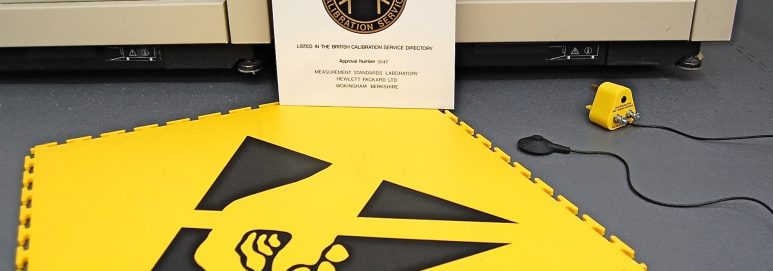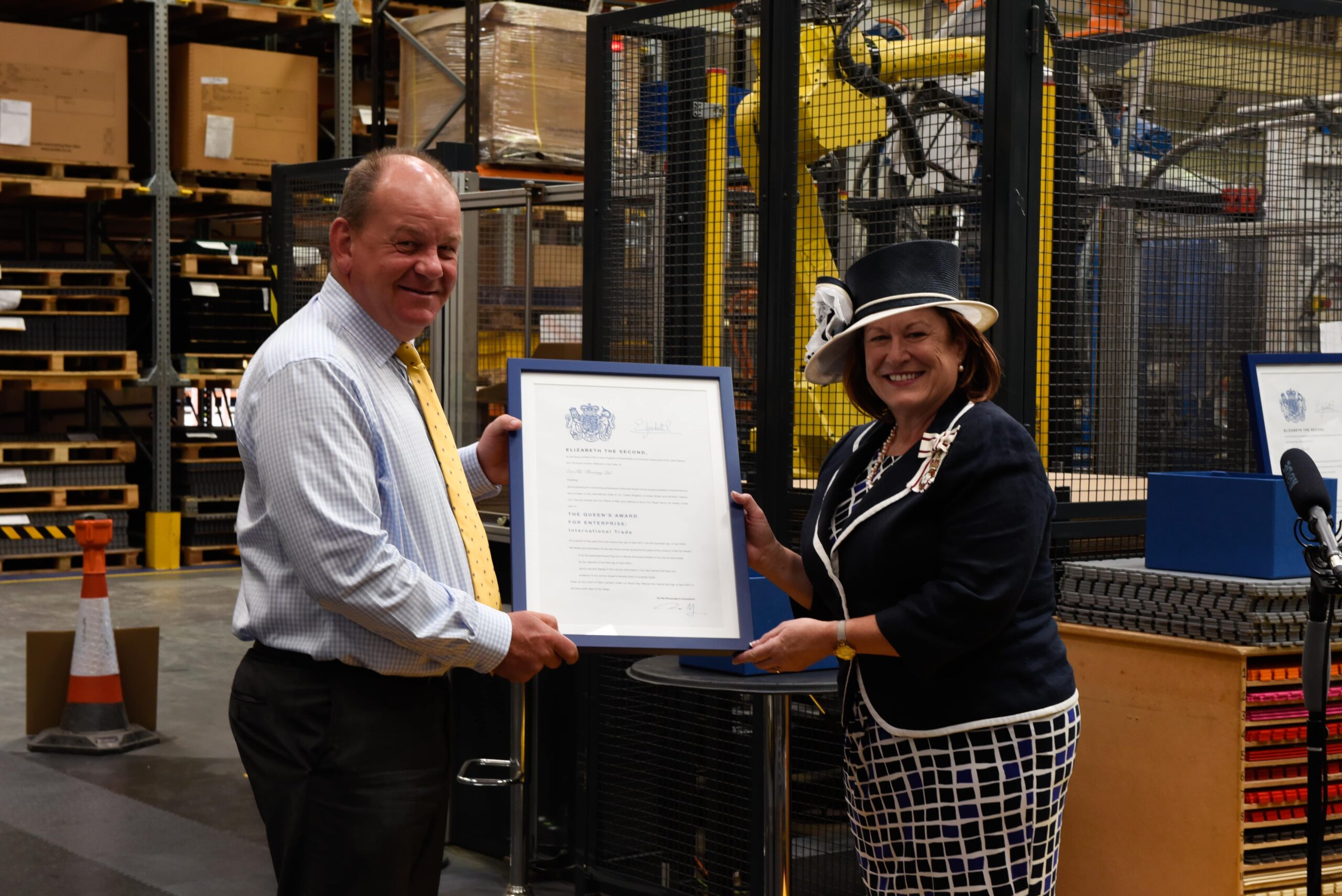
Are you looking for a flooring solution that deals with static build-up? Then you need to understand the difference between anti-static and electrostatic discharge (ESD) flooring.
A build-up of static electricity occurs when a non-conductive object rubs against another non-conductive object. Both anti-static flooring and ESD flooring are solutions to this problem in the workplace, but in order to determine whether you need ESD or anti-static you need to understand your environment and requirements.
The Key Differences Between ESD and Anti-Static
Both ESD and anti-static flooring prevent the build-up of static electricity as people walk across the floor. Anti-static floors have a coating or chemical additive that dissipates static across its surface so you never build up enough charge to get a shock. ESD is a much more robust solution that delivers greater long-term results because it is actually earthed.
Below, we will go into much more detail about the key differences between ESD vs anti-static flooring.
What is ESD Flooring?
As mentioned above, ESD flooring gives a much higher level of protection than anti-static flooring because it is grounded. This is because there are stainless steel fibres running through Ecotile ESD tiles which allow any electrical charge to be conducted through the tiles. A conductive grid is laid first and the tiles are installed on top with earthing points positioned every 60 -100 m². This system ensures the regulated flow of any electrical charge to ground.
The stainless steel fibres also guarantee that Ecotile ESD tiles provide a permanent solution. As they are dispersed all the way through each tile, their conductive performance never diminishes. This is unique to Ecotile as other ESD solutions only have a top conductive layer that is microns thick which can be easily worn away or obstructed by dirt.
When Do I Need ESD Flooring?
Generally, you will need an ESD floor if you are manufacturing, repairing, servicing, handling or using equipment that is susceptible to damage from electrostatic discharge or if you deal with combustible materials. Some typical sectors include the manufacture of components for the electronics industry, aviation, automotive, IT, medical, oil and gas, printing, packaging, and telecoms.
Although these environments are more prone to shocks and associated dangers, more general offices and industrial environments are choosing ESD flooring. Our modern way of living and working surrounded by electronic devices has resulted in an increased incidence of static shocks in the workplace and although in an office this is unlikely to be serious it can be very unpleasant.
What is Anti-Static Flooring?
The term anti-static is often misunderstood and misused, and commonly requested by a customer when it is actually ESD flooring they want. Anti-static flooring has a very specific electrical resistance range of between 10⁹ and 1011.
This only means that the floor itself will not generate static, it doesn’t mean that the floor will eliminate static build-up or dissipate static built up in the body.
Do I Need Anti-Static Flooring?
If electrostatic build-up is more of an inconvenience than a fundamental risk to your processes, the choice between ESD vs anti-static would favour anti-static flooring. There are also far simpler and more cost-effective ways to manage the issue of static discharge.
How to Prolong the Life of an ESD/Anti-Static Floor
- Cleaning
As regular cleaning should be part of your floor maintenance regime, make sure you choose anti-static cleaning products. There is a huge range of off the shelf anti-static cleaning products available which work in the same way as standard floor cleaning chemicals, but they include an anti-static additive. This attracts moisture from the atmosphere which consequently eliminates static build-up.
If you choose normal floor cleaning products, there is the risk of increasing the propensity of static build-up. By ensuring you choose a neutral PH flooring chemical, you won’t be adding a positively charged layer over the top of your floor surface. A good and regular cleaning regime using the correct cleaning chemicals will ensure a static-free floor.
- Shoes
Your choice of shoe is key to static build-up. The reason you build up static electricity usually comes from walking on an insulative surface with certain types of insulative shoe, especially when the humidity is low.
Certain synthetic and man-made shoe soles create a lot of static electricity. It is recommended that you avoid trainers or any shoes with rubber soles, and it is a good idea to experiment with different shoes.
Although leather shoes are a decent choice, the best solution is to use either anti-static or ESD footwear. Providing the correct footwear is a far more cost-effective solution than installing a full ESD flooring, if you don’t need one.
- Sealants
There are various sealants available that can provide the same protection as an ESD or anti-static flooring. They can also be applied to anti-static flooring as added protection against static energy and make them last longer. However these sealants are notoriously difficult to apply correctly and will need regular maintenance.
Ecotile ESD & Anti-Static Flooring Solutions
At Ecotile, we provide ESD and anti-static flooring for industrial and commercial use. Our floor tiles are interlocking so we can install flooring quickly and with minimal disruption. We understand that every facility is different so our team will find out about your requirements and advise you on the best choice of flooring for you.
ESD vs Anti-Static Flooring, we can help you decide! Contact us today.
For more detailed information on our ESD flooring, visit our product page. For further information about our installation, click here for a guide.

CEO and founder James Gedye has established Ecotile as the leading provider of interlocking floor tiles to the UK and around the world. Founded in 1996 from his bedroom turned office, James has built Ecotile into a multi-million-pound business, with sustainability still at the heart of his vision.
Based in Luton, Bedfordshire, Ecotile remains a privately owned UK manufacturing company, precision engineering all products in a purpose-built ISO accredited factory.
Leading the company to 2 prestigious Queens Awards in 2017 for Enterprise for Innovation and International Trade, these accolades underline James’ desire to create the highest quality products and fly the flag for British manufacturing. Working directly with leading businesses for over 25 years, James’ Ecotile brand has become synonymous with trust.
Used by 1000s of leading businesses, trusted by the MoD and specified by contractors, Ecotile floor tiles can be found across the world.
Connect or follow James on LinkedIn…

